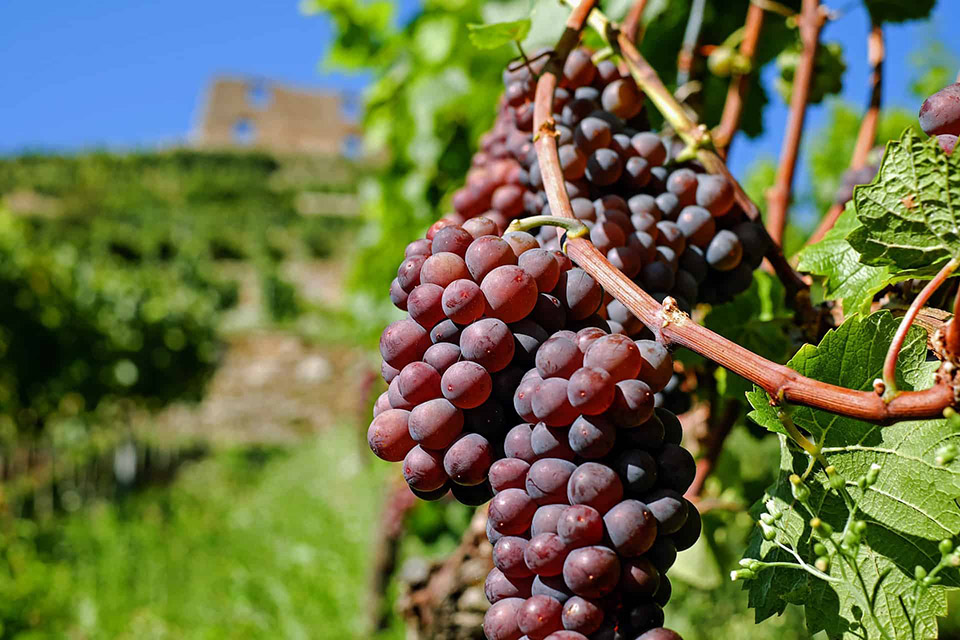
“…and evermore shall be so,” you might be murmuring if you are from Britain, for this is a folk-song known to most British people even if they can’t remember all the words. When I was a small boy, my parents, our dog and I would often go for a drive in the country on Sunday afternoons. There was little traffic on the roads in those days and after pottering aimlessly along country roads all afternoon, we used to entertain ourselves on the way home by singing. I don’t suppose many families do that these days because everyone would be preoccupied with their mobile phones.
My father drove the car and led the ensemble with his stentorian baritone voice, my mother was a contralto and I squeaked in my little boy treble voice. The dog sometimes joined with occasional barks of encouragement. At least, that’s what we assumed. They might have been barks of disapproval. Anyway, one of our favourites was Green Grow the Rushes O! and we knew the words of the twelve verses by heart, enigmatic though they were. The last verse contained the line “one is one and all alone” and as a child, it always struck me as rather melancholy. I used to feel a bit sorry for poor little number one.
Now you might be wondering why I am telling you all this. (The thought has crossed my mind – Ed.) Well, I was reminded of the song when I saw a bottle of wine made entirely from Corvina (kor-vee-nah) grapes. This is a bit unusual because Corvina is invariably blended with other grapes. The opportunity to try a real 100% Corvina wine was a temptation I couldn’t resist. I really wanted to know how this little grape could manage all alone, on its own, without the support of its other viticultural friends.
The Corvina grape comes from Italy’s Veneto (VEH-neh-toh) region, up in the north-east of the country. Veneto is one of the twenty administrative regions of Italy and takes its name from the Venetos, the first tribes that settled there several thousand years ago. Although Veneto is a bit smaller than Italy’s other wine-producing regions, it produces more wine than any of them. The region has been described as a kind of transition between the alpine, Germanic-Slavic end of Italy and the warmer, drier lands to the south. The Veneto is home to Valpolicella, Soave and Bardolino, those popular everyday wines which go so well with Italian dishes and especially pizza and pasta.
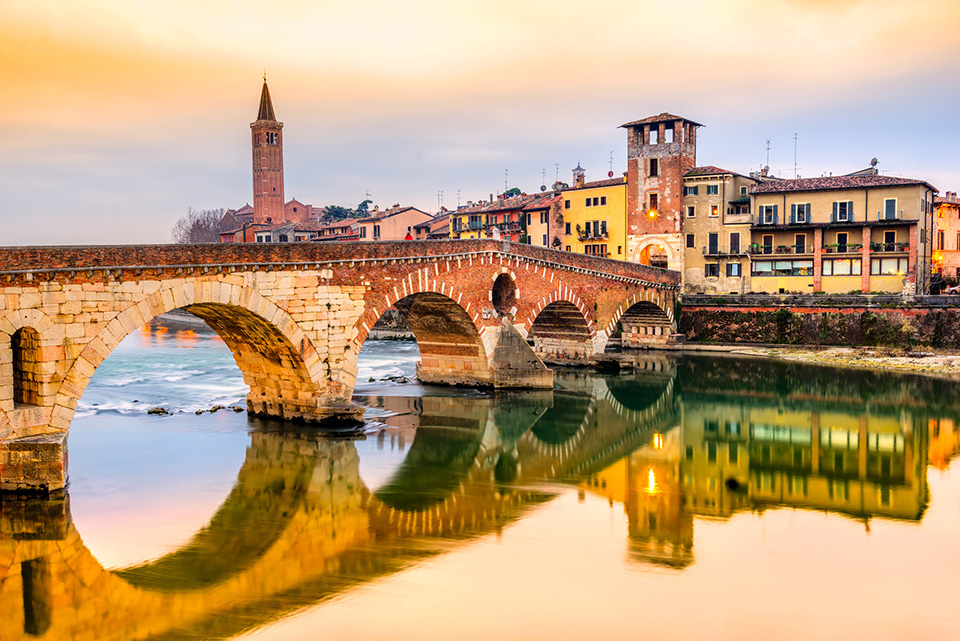
In the Veneto, Corvina is known as “the queen of red grapes” and it’s grown nowhere else on earth, apart from a few hectares in Argentina. On its own, Corvina makes delicately-coloured crimson or ruby wines which are naturally high in acidity, usually low in tannin and light to medium bodied. Corvina is an essential ingredient in the wines from Valpolicella and Bardolino, where it’s blended with Rondinella and Molinara grapes and sometimes other local varieties. Corvina grapes have thick skins, making them suitable for drying using a process known as appassimento in which the over-ripe grapes are left to dry naturally for making Amarone della Valpolicella, a rich, expressive red wine also from Veneto.
Corvina Verona IGT 2020 (red), Italy (฿644 (+ VAT) @ Vines to Vino, Thepprasit Road, Pattaya)
This wine is produced by Cantina di Negrar, a cooperative based in the commune of Negrar, which is actually a cluster of villages lying about seven miles north-west of Verona city. In 2019, the local municipality changed the name to “Negrar di Valpolicella”, perhaps believing that adding “Valpolicella” to the name would give it a bit more gravitas. A year later, there was further excitement when the remains of a Roman villa were discovered underneath a local vineyard. The villa contained a well-preserved Roman mosaic floor dating back to the 3rd century, a tumultuous time when the vast Roman Empire almost collapsed.
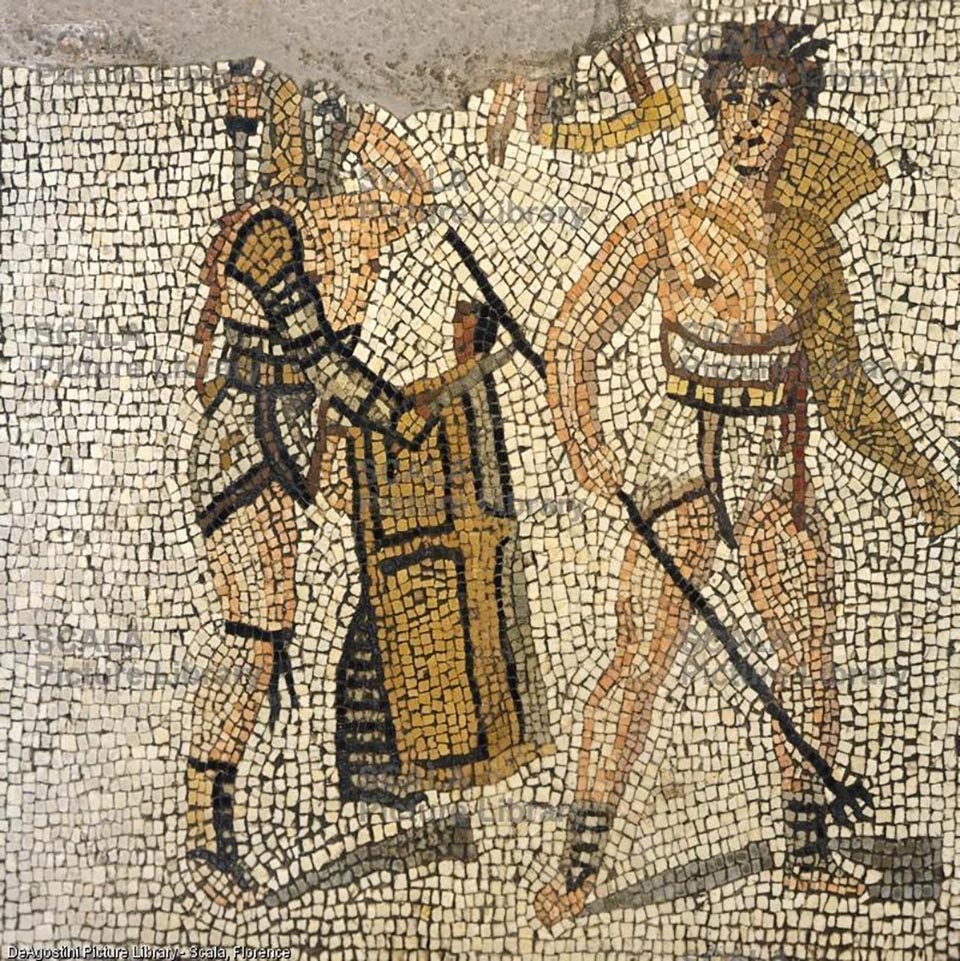
Cantina di Negrar wines are made from grapes grown in the foothills of the Valpolicella region at least 300 feet above sea level. Many of the vines are aged over twenty years. The “IGT” on the label stands for Indicazione Geografica Tipica and places the wine in a tier above the basic Vino da Tavola. The label also carries a gold-embossed design of astonishing complexity which evidently represents the ten-year journey that Ulysses made from Troy to Ithaca. The design incorporates images of Lotus eaters, Circe the Enchantress, the singing sirens, the one-eyed giant Cyclops and other mythical characters, though I was at a loss to find most of them, even with the help of my grandmother’s magnifying glass.
As expected, the wine is a dark ruby colour with a delicate aroma of red fruit, notably red and black cherry and vanilla. The aroma is slightly one-dimensional, revealing (as does the colour) that this wine is no longer a youngster. And to be honest, neither am I, but most table wine is intended for consumption within a year or so. Don’t let that put you off, for the wine is still eminently drinkable and I’d guess will remain so for another twelve months. It’s delightfully smooth on the palate, quite light-bodied, a pleasing touch of acidity and soft tannins. It has a modest but pleasant spicy finish with a slight touch of sweetness. As a simple daily wine, I thought it excellent. There’s no pretentiousness here: it’s just an attractive fun glugger that would go a treat with any simple food, especially Italian food. The wine sells for around £11 a bottle in the UK.
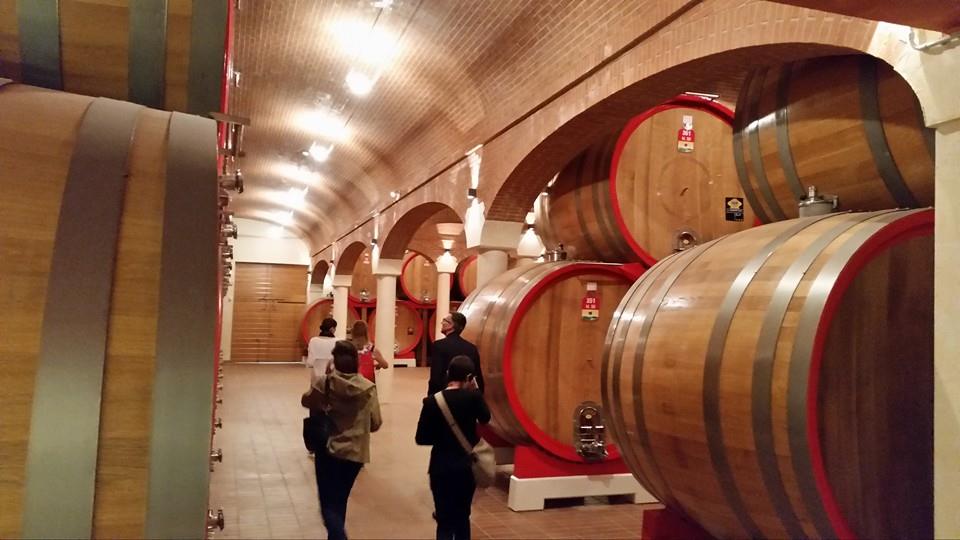
Earlier vintages have won prestigious awards including a Silver Medal at the Decanter World Wine Awards in 2016. At 12.5% ABV, the wine is best served slightly cool – a degree or so below the ambient temperature. The makers suggest between 16-18° C but that might feel unduly chilly in this tropical climate. It’s the kind of light, everyday wine you can find in almost any friendly Italian taverna, easy to drink, undemanding and thoroughly enjoyable.
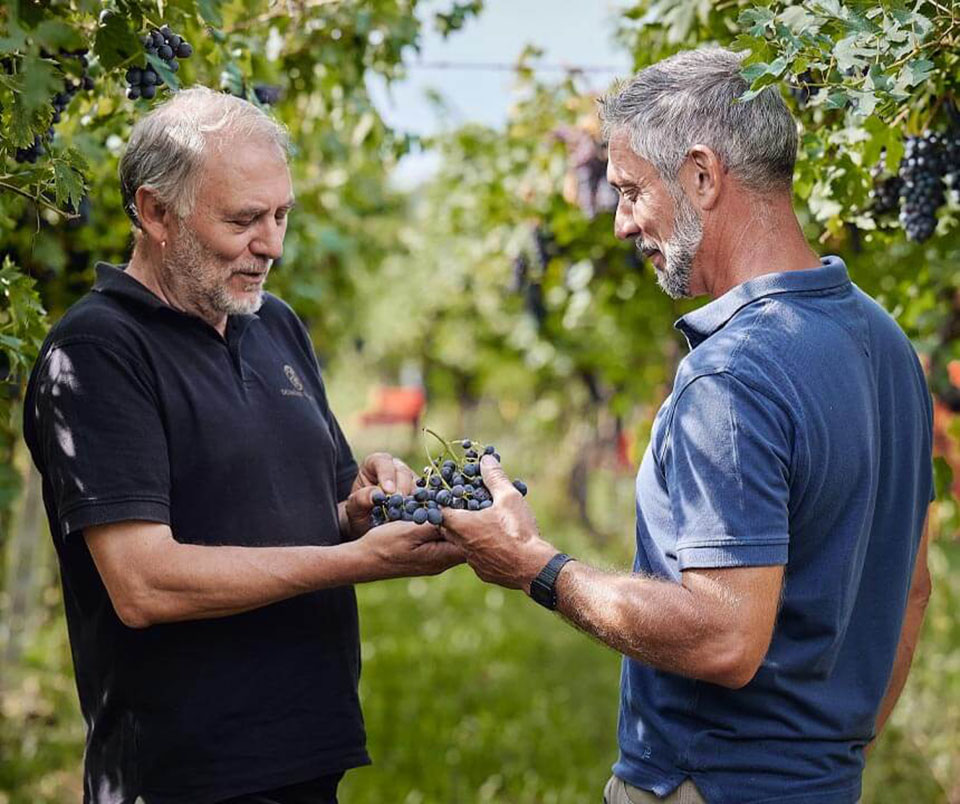
A quick take on Veneto
Veneto lies in the north-east corner of Italy and it’s one of the country’s 20 administrative regions. The regional capital is Venice, though the largest city is Verona. To the west of Veneto is Italy’s impressive Lake Garda, to the north the Dolomite Mountains and to the east the Adriatic Sea.
The name is pronounced VEH-neh-toh with the accent on the first “e”, not the second. Although Italian is the official language, many older residents speak the local Venetian dialect.
The region is home to charming cities, Renaissance frescoes, ancient Roman ruins and outstanding natural beauty. Veneto was part of the Roman Empire until the 5th century AD, but later became part of the Republic of Venice. Once the centre of world trade, the Republic lasted for over 1,000 years, from 697 until 1797 and became a melting pot of cultures from Europe and Asia.
Verona, with its medieval city centre was the home of the fictional Romeo and Juliet, and the setting of The Two Gentlemen of Verona, thought to be William Shakespeare’s first play.
Veneto cuisine is based on rice, polenta and vegetables, as well as fish from the Adriatic. It’s famous for Asiago and Grana Padano cheeses.
The best-known wines of the region are Soave, Valpolicella and Bardolino, which are not styles of wine but wine producing regions. Veneto is the home of the sparkling wine Prosecco and the rich and powerful Amarone red wine produced from a blend of grapes dried after the harvest.
Famous people from Veneto have included Marco Polo, Giacomo Casanova, Antonio Vivaldi, Antonio Salieri, Giovanni Bellini and Francesco Guardi.








